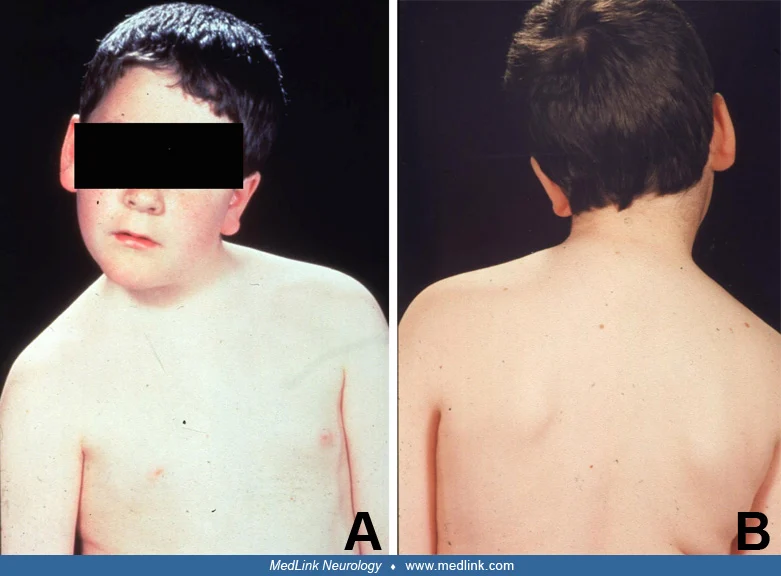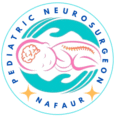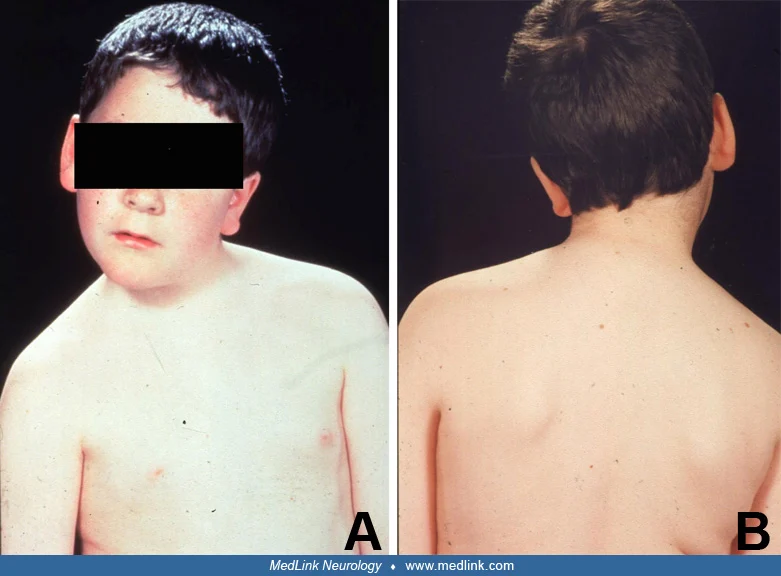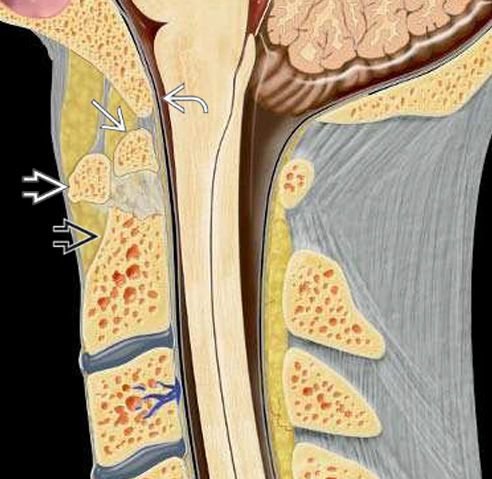Klippel-Feil Syndrome
Klippel-Feil Syndrome
Klippel-Feil Syndrome (KFS) is a rare congenital disorder characterized by the abnormal fusion of two or more cervical vertebrae. This condition can lead to limited neck mobility, short neck, low hairline, and, in some cases, severe neurological complications due to associated spinal cord compression or instability at the craniovertebral junction. In Bangladesh, Klippel-Feil Syndrome often remains undiagnosed or misdiagnosed in early childhood due to limited awareness and access to pediatric spine specialists. Thanks to the growing availability of advanced pediatric neurosurgical care, children born with this condition can now receive accurate diagnosis, monitoring, and surgical correction when necessary. Dr. Md. Nafaur Rahman, Assistant Professor of Pediatric Neurosurgery at the National Institute of Neurosciences & Hospital (NINS&H) and Chief Consultant of Bangladesh Paediatric Neurocare Centre, is one of the country’s foremost experts in the management of Klippel-Feil Syndrome and craniovertebral anomalies in children. 🧠 What is Klippel-Feil Syndrome? Klippel-Feil Syndrome is a congenital condition caused by improper segmentation of the cervical spine during early fetal development. It leads to a fusion of vertebrae, most commonly in the neck (cervical spine), although it can also affect the thoracic and lumbar vertebrae. Children with KFS may have: Shortened neck Limited range of neck movement Low posterior hairline Abnormal head posture (torticollis) Hearing loss or balance issues Neurological symptoms from spinal cord compression It may exist as an isolated anomaly or be part of syndromic conditions such as scoliosis, heart defects, renal anomalies, or craniovertebral junction instability. 🚸 Klippel-Feil Syndrome in Bangladeshi Children: Early Signs & Symptoms In Bangladesh, many cases of Klippel-Feil Syndrome are first identified by pediatricians or ENT specialists when the child presents with: Abnormally short or stiff neck Difficulty turning the head Head tilted to one side (torticollis) Recurrent ear infections or hearing loss Delayed developmental milestones Gait imbalance or limb weakness Scoliosis or chest deformity Some children may be misdiagnosed with cerebral palsy or muscular torticollis, especially in rural and semi-urban areas. 📊 Associated Anomalies to Consider Dr. Nafaur Rahman stresses the need to screen for associated conditions, including: Craniovertebral junction instability (CVJ anomalies) Basilar invagination Chiari malformation Syringomyelia (spinal cord cavity) Hearing and renal anomalies Congenital scoliosis Hence, a full neurological and systemic assessment is crucial in every child with KFS. 🏥 Diagnosis of Klippel-Feil Syndrome in Bangladesh Modern diagnostic imaging is now widely available in major hospitals and imaging centers across Bangladesh. Diagnostic tests include: Cervical spine X-ray (including flexion/extension views) MRI of the brain and spine – to assess spinal cord compression and associated malformations CT scan with 3D reconstruction – for detailed bony anatomy and surgical planning Audiometry, renal ultrasound, and echocardiogram – for systemic anomaly screening At NINS&H and Bangladesh Paediatric Neurocare Centre, these services are coordinated under a multidisciplinary team, including neurosurgery, pediatrics, ENT, and radiology. ⚕️ Treatment of Klippel-Feil Syndrome in Bangladesh Treatment depends on the severity of symptoms and spinal involvement. Not all children need surgery. Some require only observation and physiotherapy. ✅ Non-surgical management: Physical therapy for neck mobility Bracing for scoliosis Monitoring for neurological deterioration Hearing and vision support 🚨 Surgical intervention is required if: The child has atlantoaxial instability or CVJ instability There is spinal cord compression Progressive neurological symptoms (weakness, imbalance) Presence of syringomyelia or Chiari malformation Surgical procedures include: Posterior spinal fusion (C1-C2 or occipito-cervical fusion) Decompression surgery for the spinal cord Correction of scoliosis in some cases Dr. Nafaur Rahman has performed many complex pediatric spinal reconstructions, using child-specific instrumentation and intraoperative neuromonitoring to ensure safety and long-term success. ✅ Post-Surgical Recovery and Long-Term Care Following successful treatment: Children experience relief from neck pain and weakness Motor function improves Neck posture and appearance stabilize Complications like syringomyelia progression are prevented Long-term follow-up includes growth monitoring, bracing (if needed), and MRI surveillance. 👨⚕️ Why Choose Dr. Md. Nafaur Rahman for Pediatric Spine Disorders? 🎓 Assistant Professor of Pediatric Neurosurgery, NINS&H 🏥 Chief Consultant, Bangladesh Paediatric Neurocare Centre 🧠 Trained in craniovertebral junction and congenital spinal deformity surgeries 💡 Focused on evidence-based care for complex spinal and neurological disorders in children 🇧🇩 Recognized for making advanced pediatric neurosurgery accessible to all regions of Bangladesh 🌍 Accessible Nationwide – Serving All Regions of Bangladesh Children with Klippel-Feil Syndrome are referred to Dr. Nafaur Rahman from all over Dhaka, Chattogram, Sylhet, Khulna, Rajshahi, Mymensingh, Barisal, and rural areas. Teleconsultation, imaging review, and priority surgery scheduling are available for families outside Dhaka. 📞 Appointment & Referral Information If your child has been diagnosed with Klippel-Feil Syndrome or shows symptoms of neck stiffness, weakness, or developmental delay, early consultation with a pediatric neurosurgeon is vital. 📱 For Serial/Appointments: 📞 +8801912988182 📞 +8801607033535 🌐 Visit: www.neurosurgeonnafaur.com 📍 Locations: National Institute of Neurosciences & Hospital (NINS&H), Dhaka Bangladesh Paediatric Neurocare Centre




